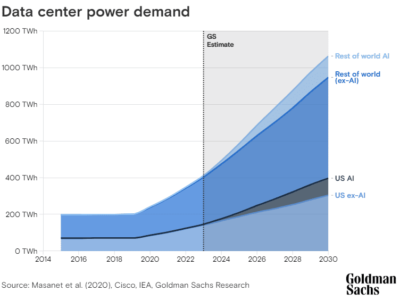
Up to 25 % energy loss when charging electric vehicles, tests show
The electric cars’ on-board computers only show the consumption for the drive. At the charging station, the vehicles have to recharge significantly higher amounts of energy because the computers do not take into account the losses in the upstream electrical installation such as the charging station, plugs, cables and on-board chargers as well as batteries. The difference remains invisible to the driver – but he still has to pay for it.
The ADAC examined 15 electric cars for their real consumption at the charging station in comparison to the data in their on-board computer. Together with other inaccuracies of on-board computers, the charging losses add up, in some cases considerably: in the case of the Tesla Model 3 LR, for example, just under 25 % must be added to the on-board computer data, in the Seat Mii electric just under 21 % and in the Jaguar i-Pace a good 17 %. But also the middle class cars Renault ZOE (almost 19 %), Nissan Leaf (17.6 %) and VW e-up (15.6 %) showed significant deviations. Only the KIA e-Niro (9.9 %) remained below the 10 % mark.
In order to provide consumers with a complete overview of power consumption, the Motoring Club is now asking manufacturers to include not only the consumption values but also the charging losses in % in the technical data. In addition, they should pay attention during development not only to efficient drives, but also to charging systems with low losses.
Related articles:
Fragmented electric vehicle charging networks hit users
Volkswagen rolls out “e-car charger for everyone”
R&D project develops bidirectional charging management for e-cars
Sweden tests inductive charging during the ride
 If you enjoyed this article, you will like the following ones: don't miss them by subscribing to :
eeNews on Google News
If you enjoyed this article, you will like the following ones: don't miss them by subscribing to :
eeNews on Google News




